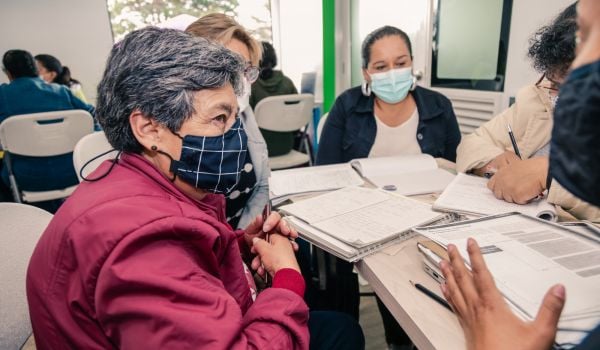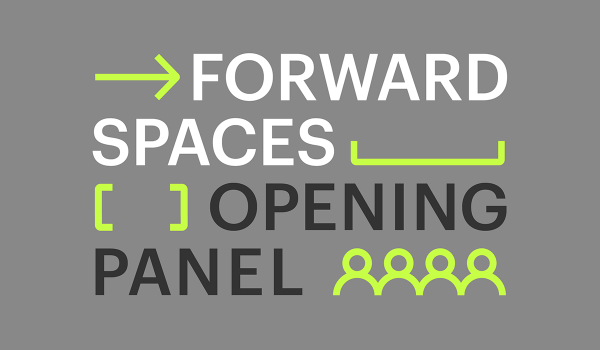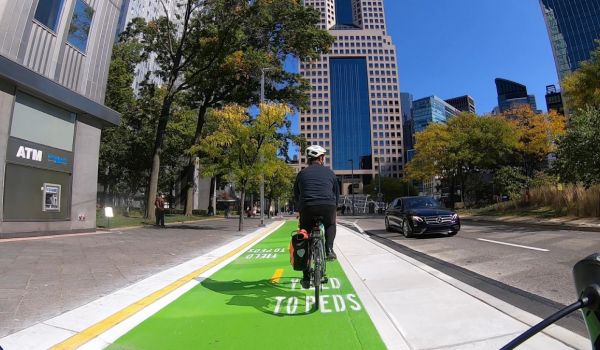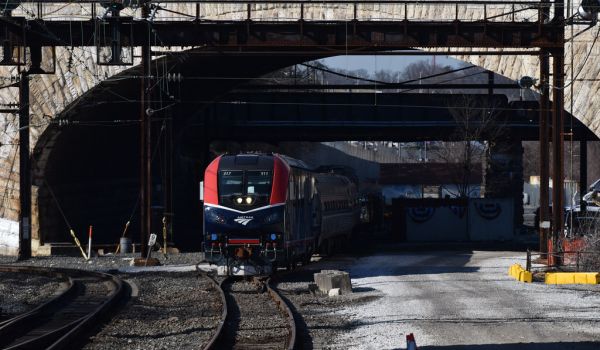I had hardly been off my redeye from New York to Bogotá for more than an hour when I heard someone call my name from across the street, “Willy!”. As usual, I was the only Willy within earshot, no matter how unlikely it seemed. Going from one city of about 8 million to another city of about 8 million, you hardly expect to run into people you know from your childhood, but here I was standing on what I soon learned was Carrera Septima (7th Road, Avenue, whatever) across from an old acquaintance, Max, who I went to middle school with. He explained to us, as we walked down Septima, that he was here on a fellowship, doing researching forced displacement in Colombia — a tragically fertile subject — for Voice of Witness. After a explaining that — I had no idea he even lived there — Max asked us if we heard about the bombing.
We ducked into a cafe to check the news, and sure enough, a car bomb had gone off outside Radio Caracol on Septima — the very same street we were on — and Calle 66, a good 50 blocks from where we were. No one was killed. Still, as Max said, it was certainly an auspicious start to our vacation. Shortly after, while crossing the street, I was almost hit by a taxi for aggressively attempting to assert what I thought was my right-of-way, and was politely informed by Max that that was incredibly unwise here in Bogotá, as there aren’t traffic laws here like we have back home.
Indeed, watching the corner of Calle 13 and Carrera Quinta, outside my hotel, it was hard to understand what must be going through a driver’s mind when they approach a narrow two-way intersection with absolutely no stop signs or signals or traffic cops, just the occasional drunk who would direct traffic, perhaps for a few hundred pesos (but from whom?). But as I watched it for longer, I started to notice something organic, natural about the way traffic flows unimpeded by law or custom. No one speeding to make a yellow light, no cars backed up for two blocks. Traffic from the two directions performed a chaotic slow-rolling dance every time a car, motorcycle, bicycle, or colectivo (a small, privately-operated bus, that for about $0.50 will take you somewhere on the list of neighborhoods displayed on its dash) approached the intersection, and somehow everyone would continue on their way unscathed. Not miraculous, but quite foreign to the American driver, cyclist, or pedestrian.
Watching this, in a way, helped me understand how Libertarians see the world, and in small scale situations, like the corner of Calle 13 and Carrera 5a in La Candelaria, the old colonial section of Bogotá, the principles work. But Bogotá is a city of almost 8 million people — about the size of New York — spread out over 600 square miles — twice the land mass of New York. And Bogotá doesn’t even have a subway to bitch about. Also, it was one-tenth its current size in 1951. It took on a bit more than 1 million people every decade between now and then, without very much planning, and no large infrastructure improvements. Needless to say, my corner was the exception and not the rule; a trip down one of the major Carreras anywhere from 5 to 10 PM is virtually impossible, there’s so much traffic. One of the first things I noticed about the city, even early in the morning, was all the exhaust. Max told me that I shouldn’t be surprised if my snot turns black. Surgical masks are not uncommon sights.
All this would be a whole lot worse were it not for former Mayor Enrique Peñalosa, and the TransMilenio bus system. When he became mayor of Bogota in 1998, Peñalosa saw a city that was choked with traffic, stripped of sidewalks, and otherwise devastated by crime, corruption, and the ongoing civil conflict. He had a Japanese planning firm do some consulting work for him, to help him fix the transportation problem in Bogotá, and they recommended building a system of elevated freeways. Peñalosa balked at this, for reasons both budgetary and ideological (not to be too cynical, but you have to wonder if the former begot the latter).
Instead, he built a bus rapid transit system, based on the one in Curitiba, Brazil. The TransMilenio is a system of massive accordion buses — 160 person capacity — that operate on dedicated lanes that run in the middle of several of Bogotá‘s carreras and calles. At the ends of the lines, smaller feeder buses navigate the narrower, hillier streets of Bogotá that the red accordion buses cannot access, and act as feeders into the main lines. My experience riding the TransMilenio was quite pleasant. For a mere 1600 COP (about $0.80), I got a quick ride from Calle 16 all the way to the northern bus station at Calle 170 (!). It only took about 40 minutes to travel the 154 blocks, about the same time it takes to cover half the distance in a colectivo. It was safe, clean, and like any modern transit system, had a voice recording and slow-scrolling text of what stops are approaching. It felt somewhat similar to riding the subway: you pay upfront to enter the station, and board the bus, en masse, having already paid your fare. Even better than New York’s ever-worsening subway, TransMilenio tells you when the next bus is coming, rather accurately.
In addition to creating the TransMilenio, Peñalosa rebuilt sidewalks that private business-owners had neglected to, removed cars from the sidewalks, and built a more pedestrian-friendly city. The general consensus is that Peñalosa’s reforms made Bogotá a much more pleasant, safer, livable city. Also, much more likely to attract things like the New York Times Travel Section, and, in turn, tourists like yours truly. Though the precipitous decline in homicide rate, attributed to voluntary disarmament programs started a few years before Peñalosa was elected, should certainly take a good deal of credit for the city’s turnaround, too.
Being in Bogotá, I fortunately missed a great deal of the “Ground Zero Mosque” “debate”, but it was interesting to be somewhere so different immediately after a terrorist attack. I rolled by the bombing site two days after the fact, to see Radio Caracol’s windows demolished, a big hole in the street, cops all over the place, but I was the only passenger on the colectivo gawking out the window. Friday night at a student bar, a Colombian man — drunk, but calm — told me it was all politics, the bombing. This at first seemed quite foreign, the notion that an act of terrorism can be not political but actual politics, until I realized that’s not dissimilar to what has been happening at the same time here in the States; a certain political faction reinterpreting the meaning of an awful event to reinforce their own worldview, the Constitution be damned. It’s ultimately of little use to compare our nations’ issues with terrorism, the two being so different, but it was interesting to see a nation be relatively level-headed about their problems.
This same political movement, which hates the use of public money so much, would have to check itself in Bogotá. For, if it weren’t for Mayor Peñalosa’s capital projects (which put cars on the wayside, infuriating drivers, business-owners, and private bus operators alike), Bogotá would be in much worse shape today. Peñalosa took a stance against the status quo, and invested in his city’s future. It was politically risky, and he was rewarded with only one term, but Bogotá‘s revitalization will continue to reward for all bogotanos for years to come. The city is far from perfect; there’s still plenty of smog, poverty, and congestion. But I’d hate to see it — I most likely wouldn’t have! — had Peñalosa not made his reforms ten years ago. The city was approaching a zero point, it seems, and one mayor helped them avoid it, changing civic culture along with the infrastructure. It’s hard not to have a similar feeling about contemporary America — not just the infrastructure, but the politics, the policies both foreign and domestic, the economy — and wonder if we, too, are approaching some sort of point where, once we pass it, things can only get worse. I hope that’s not the case. I hope there are more mayors like Antonio Villaraigosa of Los Angeles, who is making similar investments in his city’s future. One can only hope that this sort of positivity can beat out the cynicism of those who manipulate our fear of terrorism and deficits for their own gain, be it political or material.
For more on Peñalosa and Bogotá watch this short documentary on YouTube.















